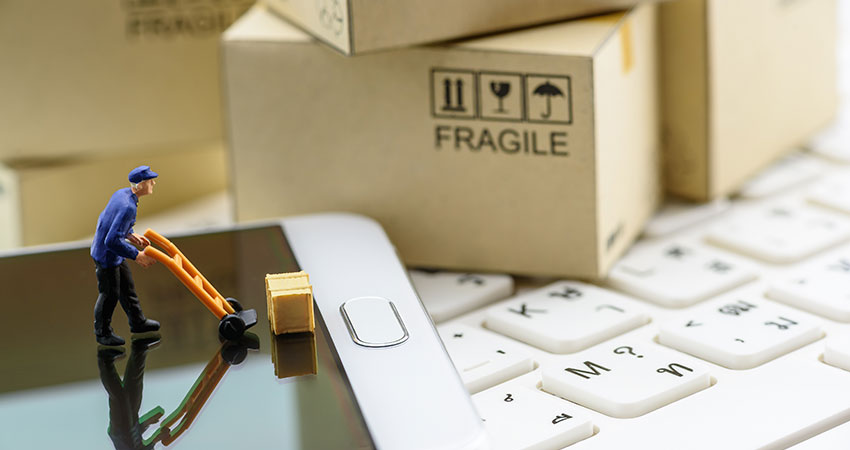When it comes to delivery, consumers can be described with pinpoint accuracy by just one line from Queen, “I want it all, I want it all, and I want it now!”
According to a Pitney Bowes study, an overwhelming 91% of consumers will leave a business when shipping isn’t free or fast enough for them. Yet along with this shift towards free and fast deliveries comes a change in consumer attitudes that rewards environmentally friendly brands and punishes those that don’t share their customers’ social beliefs. While these two trends may seem to conflict, the truth is that fast shipping, if correctly managed, can be a powerful tool for reducing a company’s carbon footprint and helping the fight against global warming.
Amazon’s announcement of free one-day shipping through Prime may have made headlines, but it was a move long expected by competitors, analysts and those who follow the industry. The data shows that free same-day delivery drives 6x higher order volume and a 169% increase in conversion rates, numbers that easily offset the costs. Free and fast are also the top two reasons shoppers choose a particular store, and younger shoppers value fast shipping above all else. The bottom line is that delivery volumes are exploding and that could actually turn out to be a boon for the environment if we correctly manage that growth.
Until recently, there were far more limitations when it comes to the relationship between fulfillment and the environment because it was mostly based on in-store shopping, meaning separate trips by individuals often in their private cars. According to a 2013 MIT study that took into account delivery technologies far less advanced than what we have now, in-store pickup had a significantly larger environmental impact than delivery. And today we have many tools at our disposal in order to avoid the issues that environmental groups are worried about, such as trucks leaving a warehouse when they’re not at full capacity.
The obvious answer if we are looking to turn deliveries into a catalyst for environmental change is incorporating drones and autonomous vehicles into the transportation mix, but we’re not quite there yet in terms of their development. However, there’s plenty that can be done in the interim. First and foremost, enterprises should focus on improving their efficiency, which means providing drivers with the most efficient routes, and deploying batching technology, which ensures that each driver takes the maximum amount of orders possible in every delivery run.
Likewise, features such as sending geofencing-powered alerts to customers when the driver is nearby cut down significantly on idling time. The same goes for automated dispatching processes, assigning drivers to make deliveries from the closest store location can further reduce needless emissions.
Utilizing a store’s physical footprint is another powerful way to ensure fast and environmentally friendly deliveries. For starters, traveling down the block to reach a customer uses far less fuel than shipping from a warehouse on the outskirts of a large urban area. That impact is magnified by the fact that having a physical presence in dense urban centers enables delivery via greener methods such as electric bikes or even walking. In the age of one-day, or even one-hour deliveries, meeting customer expectations and doing right by the environment are one and the same.
Enterprises have many different options to make their delivery fleets greener, but what if they don’t have a fleet of their own? Relying solely on third-party fleets is common but enterprises are often left in the dark. Which fleet is most efficient? How does their performance compare over time? Are they even measured on the same metrics? These are questions that most companies in this situation struggle with. The adoption of solutions that provide visibility and a standardization of metrics enable them to reward the most efficient fleets, while market pressures will weed out those that are less efficient and pollute more.
Deliveries are not only here to stay; they’re set to dominate the fulfillment landscape far into the future. If managed correctly this could be a great thing for the environment. Consumers expecting faster deliveries means that businesses must become more efficient and, as a byproduct, more environmentally friendly. The tools to drive that efficiency already exist and by implementing them, enterprises may profit, but all of us will enjoy the environmental dividends.
Guy Bloch is CEO of Bringg

